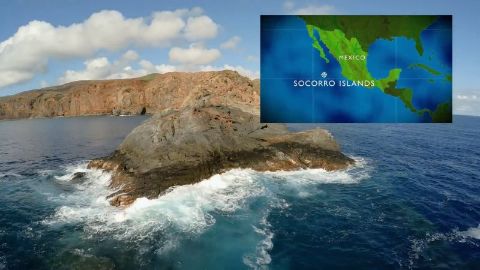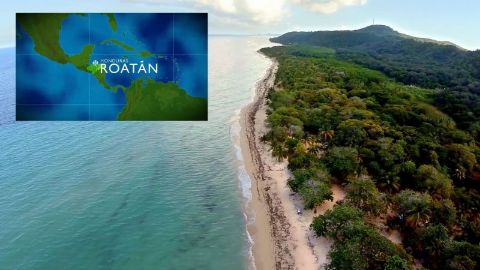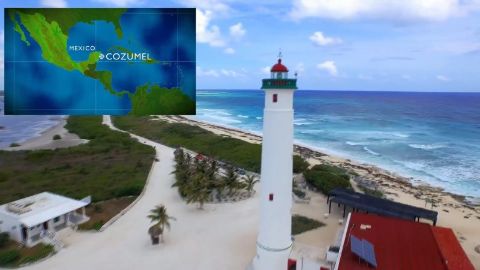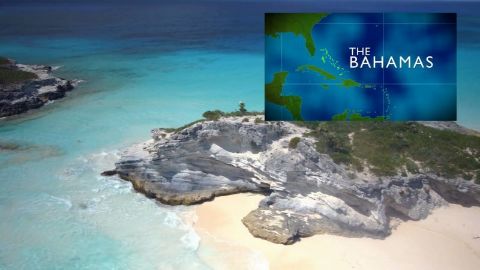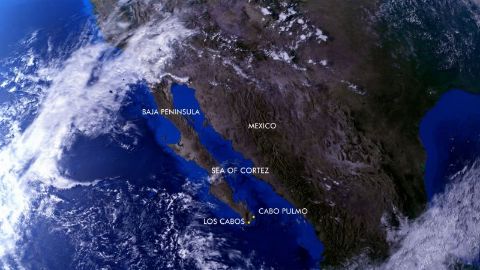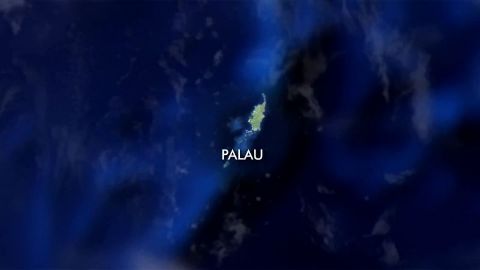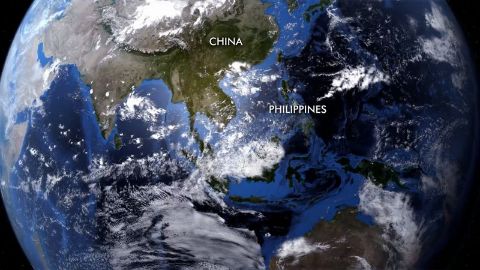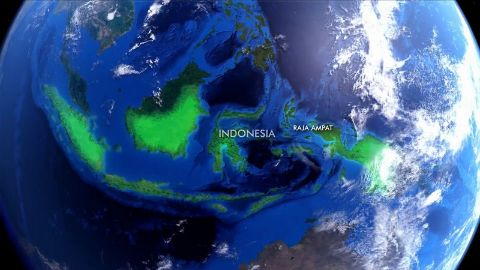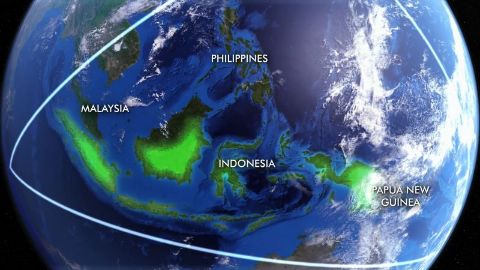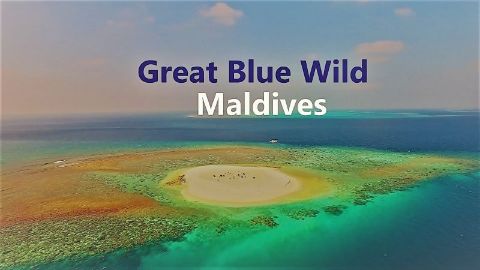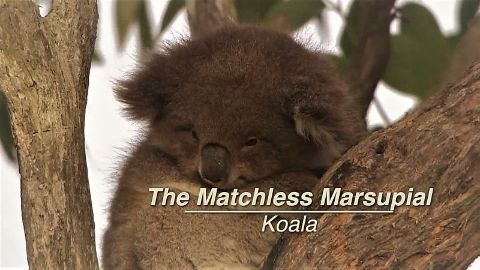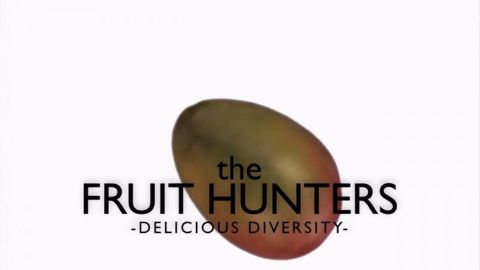Great Blue Wild • 2017 • 13 episodes •
Three hundred and seventy miles off the coast of Mexico in the eastern Pacific, the waters surrounding Socorro Island are home to some of the world's largest marine life. Take a deep dive through surging currents and majestic coral reefs with whale sharks, giant manta rays, and more.
2017 • Nature
Jacques Cousteau once called Cocos Island "the most beautiful island in the world." Beyond its pristine rainforest is a marine wilderness brimming with multicolored fish, enormous sea turtles, and vast schools of sharks.
2017 • Nature
In three decades, the waters around the remote village of Cabo Pulmo have gone from wildly biodiverse, to barren, to a bountiful and pristine haven for mighty sharks and flying rays once again. See how local fishermen ultimately turned back the clock, restoring one of the world's most majestic coral reefs.
2017 • Nature
Palau has set up the world's first shark sanctuary-a California-sized marine zone where hunting these endangered predators is strictly prohibited. Can this tiny island-nation defend against a sophisticated army of poachers? Join the front lines to save one of the ocean's most cherished and endangered predators.
2017 • Nature
In Palau, the local economy relies on ecotourism that's sustained by strong legal support. Shark hunting is banned, giant manta rays are protected by law, and tireless efforts are made to combat the acidification an ocean ecosystem housing coral reefs. But can ambitious conservation keep pace with the scale of man-made devastation?
2017 • Nature
The vibrant reef ecosystem of Raja Ampat, off the coast of Indonesia, is home to a conservation sanctuary twice the size of Singapore. It's one of the few places on Earth where two different species of manta ray live side by side. Join a dedicated team of conservationists as they track these mysterious creatures to safeguard their future.
2017 • Nature
Indonesia's marine rainforests are under threat, and rising sea temperatures and destructive fishing practices have taken a toll. However, conservation initiatives in hundreds of protected marine zones have given hope to the giant manta rays, 300 species of coral, and six of the world's seven sea turtle species that call this ecosystem home.
2017 • Nature
Beneath Indonesia's coral reef, tiny creatures have made the murky seabed their home. Here, you'll find shrimps that kill with a whip-fast punch, toxic nudibranch sea slugs, and six of the nine species of the world's walking sharks. Dive into the depths of this unlikely ocean ecosystem.
2017 • Nature
The Maldives are the lowest country in the world-and getting lower, due to rising sea levels. Especially at risk is the island's reef system, the biggest in the Indian Ocean, with over 200 types of coral and thousands of tropical fish species. Witness the race to preserve this marine paradise from the ravages of climate change.
2017 • Nature
